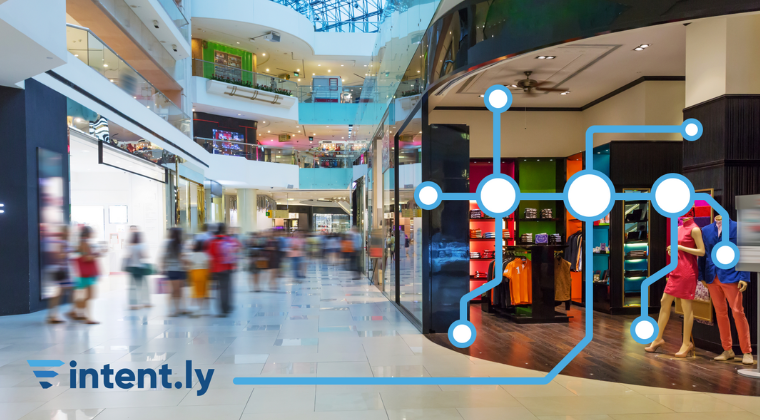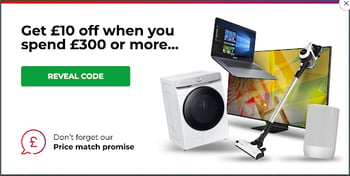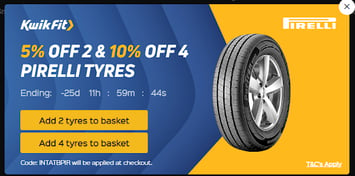Heuristics Series Part 6: Price Anchoring

In the field of heuristics, anchoring refers to your brain’s tendency to heavily rely on the first piece of information offered to you when making decisions. Our final blog in the series explores how to leverage price anchoring as a marketing tactic.
This heuristics blog series has covered scarcity, complementarity, value perception, relevancy and social bias - all powerful purchase motivators.
Price Anchoring
Anchoring refers to a priming effect whereby an initial number acts as a reference point, sub-consciously influencing subsequent judgements or decisions. Much research exists on this cognitive bias in areas such as purchasing, probability estimates and even legal judgements (Furnham & Boo, 2011).
Price anchoring is a psychological tactic that involves presenting a higher price first, to create an ‘anchor’ that influences value perception and guides purchasing decisions.
For example, when the iPad was first released they were reportedly due to sell at $999, whereas in reality they sold for $499. In the mind of the consumer, that’s an instant 50% price cut for the same item, making them much more likely to purchase.
Research has shown that the easier a discount is to understand, the more effective it is. For example, ‘£3 off £15 spend’ is proven to be more effective than ‘20% off’ - a shopper is more likely to engage with a deal when they can instantly understand the value.


In ecommerce, price anchoring can be used in a number of ways, including:
- Tiered pricing structures - presenting multiple options allows for easy comparison, and by strategically positioning a mid-range option as "best value" (and a reasonable compromise) can lead customers to purchase, regardless of original budget.
- Showcase premium products first - when high value items are listed first or on the homepage, the stage is set for subsequent products to be perceived as more reasonably priced.
- Targeted offers via website overlays or email remarketing - intelligent offers, shown at the right time, can target shoppers mostly likely to engage by guiding them through the purchase funnel with incentives, such as:
- Increase average order values with bundle deals, or extra discounts when spend thresholds are reached. For example, you’ve seen the price of one new tyre when you’re offered discounts for buying 2 or 4 (which you might reasonably need in the near future) - therefore reducing the cost of each item, improving the value perception in your mind. You buy more tyres than you originally intended!
- Shift seasonal stock lines by guiding shoppers to sales pages.

By strategically employing the price anchoring heuristic, ecommerce marketers can influence purchasing decisions and maximize value perception. However, it's crucial that brands use consistent pricing and anchoring tactics ethically and transparently to build trust with their customers.
And that completes our heuristics blog series. If you missed the previous blogs, we've covered scarcity, complementarity, value perception, relevancy and social bias.
intent.ly customers typically see a 7x average conversion rate using our suite of proprietary real-time technology solutions. Our overlay campaigns intervene at the right moment, saving the session and providing truly measurable and incremental sales. Book a demo today.
